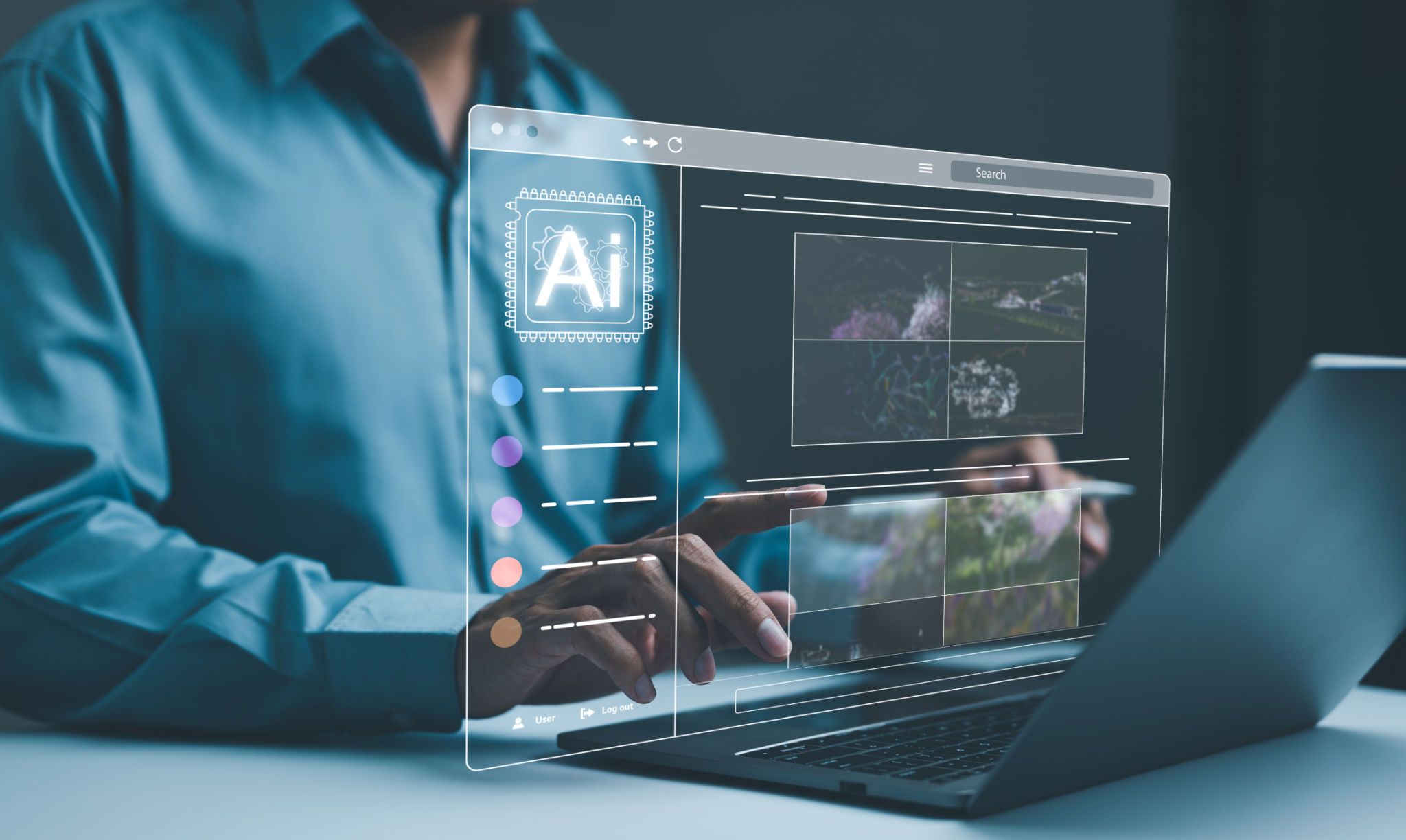How AI is Transforming User Experience Strategies
Understanding the Role of AI in User Experience
Artificial Intelligence (AI) is revolutionizing the way businesses approach user experience (UX) strategies. By leveraging AI technologies, companies can create more personalized, efficient, and intuitive interactions for users. This transformation is driven by AI’s ability to analyze vast amounts of data and learn from user behavior, ultimately enhancing the overall user journey.
One of the key advantages of AI in UX design is its capacity to provide personalized experiences. AI algorithms can analyze user preferences and behavior patterns to deliver tailored content and recommendations. This personalized approach not only increases user satisfaction but also boosts engagement and conversion rates.

Enhancing Personalization Through Machine Learning
Machine learning, a subset of AI, plays a crucial role in personalizing user experiences. By utilizing machine learning algorithms, businesses can predict user preferences and adapt interfaces in real-time. This dynamic adaptation ensures that users receive the most relevant content, making their interaction with the platform more engaging and efficient.
Moreover, machine learning enables businesses to identify trends and patterns that might not be immediately apparent through traditional analytics methods. This deeper understanding of user behavior allows companies to anticipate needs and proactively improve their offerings.
AI-Driven Chatbots and Virtual Assistants
Chatbots and virtual assistants powered by AI are transforming customer service and support. These intelligent systems provide instant responses to user queries, offering 24/7 assistance without the need for human intervention. By handling routine inquiries, chatbots free up human agents to focus on more complex issues, enhancing overall efficiency.

The ability of AI chatbots to understand natural language and context ensures they provide relevant and accurate responses. This not only improves user satisfaction but also streamlines operations, reducing wait times and operational costs for businesses.
Improving Accessibility and Inclusivity
AI technologies are also making strides in improving accessibility for users with disabilities. By implementing AI-driven tools like voice recognition and image analysis, companies can create more inclusive platforms that cater to a diverse audience. These tools enable users with visual, auditory, or motor impairments to navigate digital interfaces with greater ease.
The use of AI in enhancing accessibility aligns with the growing emphasis on inclusivity in design. By ensuring that everyone can access and benefit from digital platforms, businesses not only comply with legal requirements but also tap into a broader market.

Data-Driven Decision Making
AI’s ability to process and analyze large datasets allows businesses to make more informed decisions regarding UX strategies. By harnessing data insights, companies can identify areas for improvement and measure the impact of design changes. This data-driven approach ensures that UX strategies are grounded in evidence rather than assumptions.
Furthermore, AI can help businesses conduct A/B testing more efficiently. By automating the process of testing different design elements, AI enables rapid experimentation and iteration, leading to continuous enhancements in user experience.
The Future of AI in User Experience
As AI technologies continue to evolve, their impact on user experience strategies will only grow. Future advancements may include more sophisticated personalization techniques, improved predictive analytics, and even greater integration of AI into everyday interactions.
For businesses looking to stay competitive in a digital-first world, embracing AI is no longer optional but necessary. By investing in AI-driven UX strategies, companies can not only meet current user expectations but also anticipate future needs, positioning themselves as leaders in their industry.
